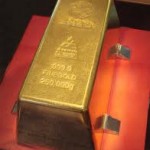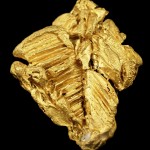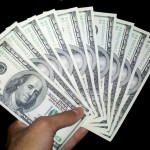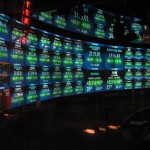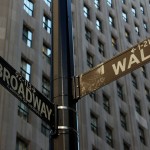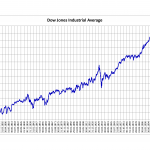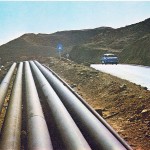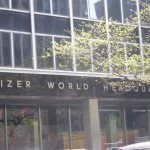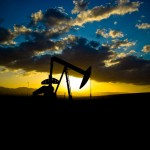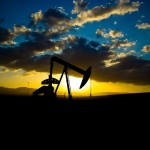The current silver price is US$22 per ounce. This is a truly astonishing number for a few reasons. Back in 1980 an ounce of silver reached a high of $49.95. Despite all the money printing and financial chaos in the world in the past 33 years, silver has gone backwards. Unlike gold, silver has many industrial and medical applications. So investors are in direct competition with big industrial companies. In many cases there are no substitutes – if they don’t have silver they can’t produce. Industry needs it because it’s one of the best conductors of electricity, it’s the second best reflector of light behind rhodium (but at a fraction of the cost) and it’s very effective in killing germs. So demand is exploding in electronics, solar panels and numerous medical applications. Back in 1980 when silver was $49.95 total supply had risen 34% in the previous two years. Supply was growing quickly. By contrast, the global silver supply has actually fallen 2% in the past three years. JP Morgan, infamous among silver investors had virtually no silver in its warehouse in May 2011. But now, the bank has accumulated about 37.7 million ounces of silver which in today’s market is worth about $830m. Across the market as a whole, short positions stood at nearly 260 million ounces of silver in February of this year. Now, short positions have fallen to less than 20 million ounces. This is the smallest short position by commercial traders in more than a decade. For gold bullion prices to rise by 100%, gold would need to rise to $2,620 an ounce, however, it’s a price level we have yet to see. But the investible silver market is truly tiny because of all that industrial demand. In dollar terms, it’s only 4.5% of the size of the gold market. So for silver prices to rise 100%, they would only have to move to $44 an ounce—a price level we already saw in 2011. Isn’t that where we are heading?
Open an AccountTag Archives: Assets
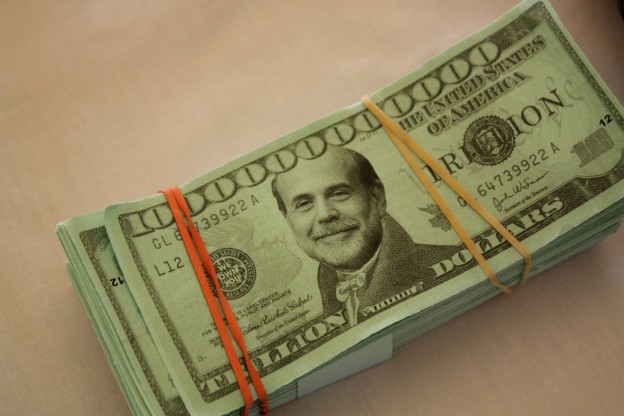
Manufacturing Rallies?
The recent index rally in the US has inspired many to applaud FED chairman Ben Bernanke for his pro-market fiscal policies. Peter Schiff, the CEO of Euro Pacific Capital points out in his recent article that market performance “is now almost completely correlated to Fed activism”. Indeed, market rallies, as with S&P 500 and Dow Jones, tell us more about investor confidence and very little about actual economic health of country and the companies listed in these indexes. Schiff argues that all recent market rallies are preceded by fresh stimulants from the FED and thus the markets fall when the stimulus tab runs dry.
For the investor, it’s imperative to know which variables to look at before investing. If Schiff is correct, markets will surge after Bernanke’s next decision to stimulate the economy. In other words, a case can be made that the rallies we are currently witnessing are largely artificial. Stock-investing is a powerful and historically efficient tool to boost the economy, but if Schiff is right, the only this investors are boosting is a big fat bubble - wholly dependent on the government’s economic policies.
Open an Account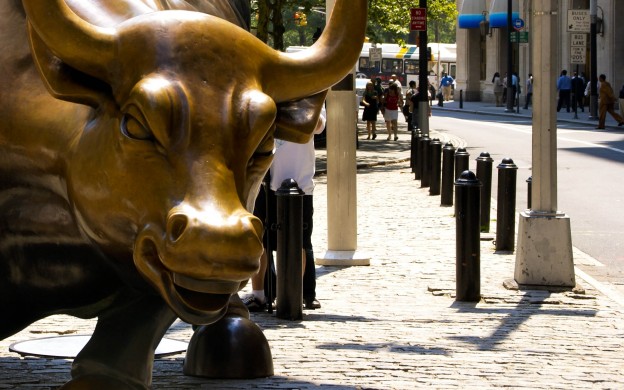
Dow, S&P hit record highs
The two major US indexes closed on a record high on Tuesday, largely spurred by positive developments in the health care sector. The Dow closed at 14.662 and S&P 500 hit a record high of 1.570. The Dow has experienced a Phoenix-like ascendance from the ashes, but some investors worry that the market rally is simply a sign of the coming storm. Many also speculate that the strongly performing indices are not indicative of a healthy economy and that the two entities operate on a different set of rules. Nevertheless, the US economy has shown signs of improvement, although the recovery has been slower than any previous post-recession recovery.
Open an Account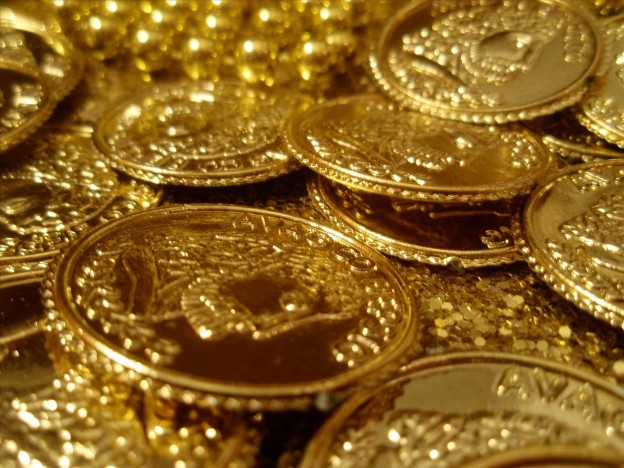
The Sun Never Sets On Gold?
According to the conventional wisdom subscribed to by many investors, when currencies, indices and commodities are in flux, gold shines alone as the mirage in the desert. But as the word mirage suggests, the highly valued asset is in danger of becoming simply a mirage and not the safe haven it is thought to be.
Gold is down 6.5 percent year to date and it is possible that this could be the year we will witness its first significant decline over a decade. Obviously it would be foolish to argue that gold is a thing of the past, but the clouds on the horizon could signify lower gold prices in the near future, many analysts argue although dissenting voices exist.
Nathan Goldstein, a private investor and a gold-connoisseur, has been following gold since time immemorial and is convinced that it will maintain its role as a safe asset.
“Daily trends indicate that gold is going down for the next weeks, but I’m convinced we will see a surge in the prices in the long term,” Goldstein said.
Gold has come under growing pressure in recent months because of speculation regarding The Fed’s fiscal policies. Fed chair Ben Bernanke’s announcements on Tuesday and Wednesday will potentially answer some questions over the direction of the precious metal.
Open an Account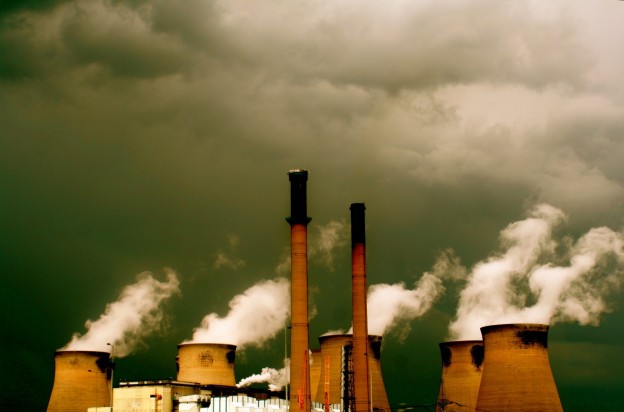
Quo Vadis Oleum Si Chavez It?
Venezuela, one of the biggest global oil producers, is facing growing uncertainty as President Hugo Chavez is battling serious post-cancer surgery complications in Cuba a few days before he is slated to be sworn in for an unprecedented third term in office.
Chavez transformed a struggling democracy into a struggling police state and now holds the keys to the country’s massive oil production facilities. Where Chavez’s regime goes, there goes oil.
Chavez mandated majority PDVSA (Venezuelan state-owned oil and natural gas company) ownership of all international oil projects and in 2006, he applied the nationalization of oil exploration and production in Venezuela. Statistics reveal that Venezuela’s petroleum exports fell by nearly 50 percent since hitting 3.06 million barrels per day in 1997.
After coming into power, Chavez fired a large percentage of PDVSA workers who did not support him and, as a result, the state-owned oil company lacked funds and talent to maintain steady production. He further complicated things by seizing assets of foreign oil companies that were the main contributors to Venezuela’s production growth.
Open an Account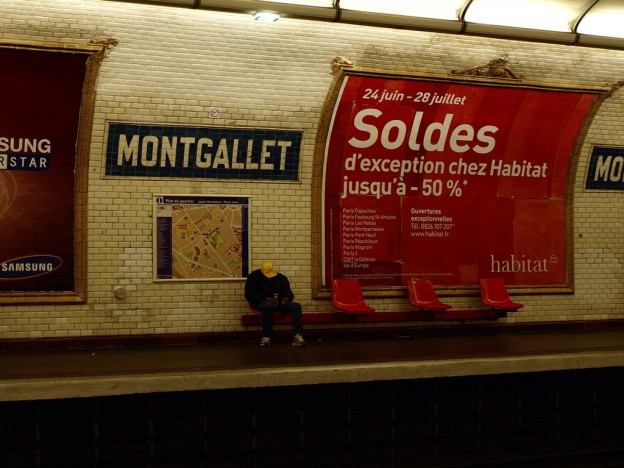
From NBA To ABA To N/A?
Writing the popular Real Money column at Thestreet.com, Doug Kass says that despite Apple’s poor performance and the media’s doomsday scenarios regarding the much dreaded fiscal cliff, the market has seen modest gains in December.
Whether financial crisis, global warming, gun control, US foreign policy or any other major news story, the media has become an amalgamation of hysterics competing for attention. The media is no longer a watchful eye on those in power, but rather the power itself which needs outside monitoring. Unfortunately the media, which once upon a time comprised a number of enlightened editors and reporters who understood that the media must use its power in order for the truth to prevail, no longer serves an important role. What are the consequences of abandoning investigative and prudent journalism for sensationalists and lazy news casting masquerading as journalism?
Kass’ reading of the stock market and speculation vis-à-vis Apple’s stock are indicative of the syndrome that pervades the news media: anyone can say anything because information is handily available to anyone with access to internet or TV. Of course anyone should be allowed to say anything, but a world so dependent on the stock market and which sometimes acts like a psychotic rabbit, how can we know what to do with our investments? Perhaps fundamentals are overrated, and a strict adherence to the movement of the individual asset should be the focus – irrespective of world events and expert opinion.
Open an Account


